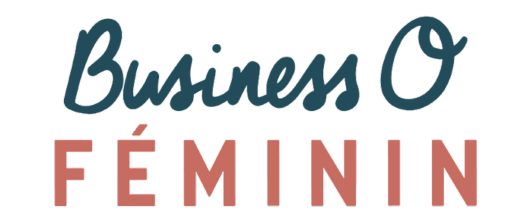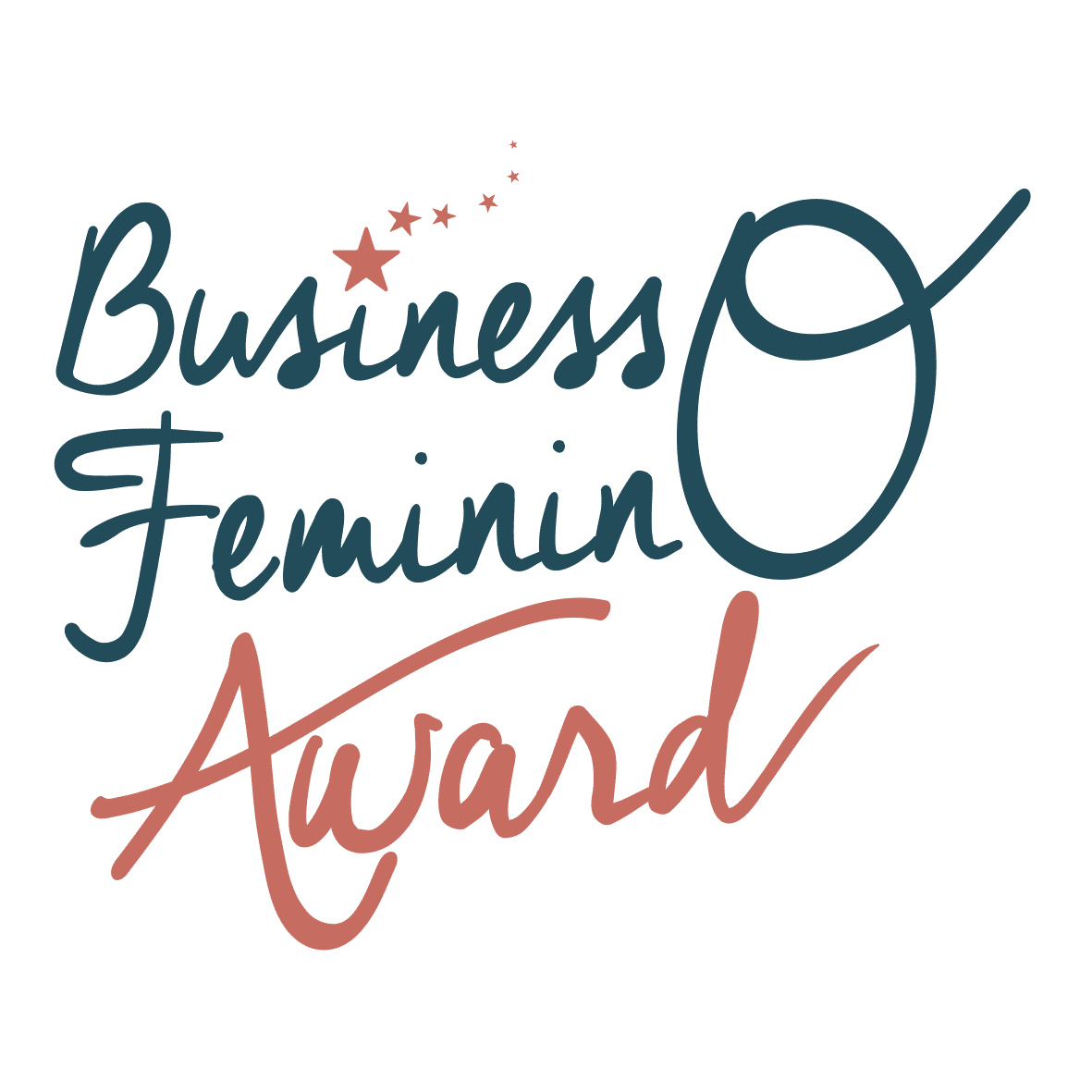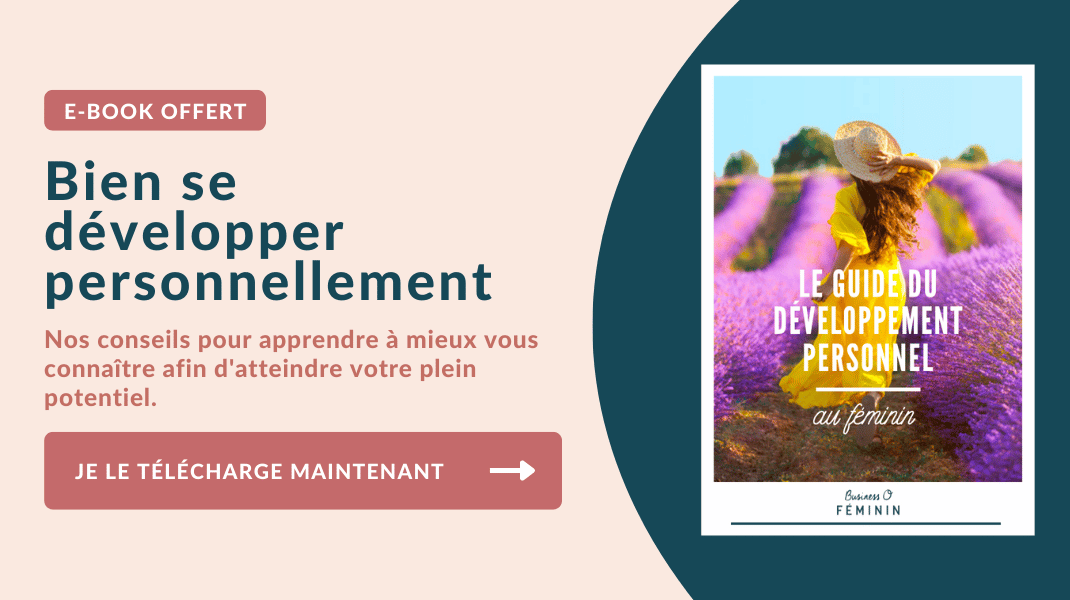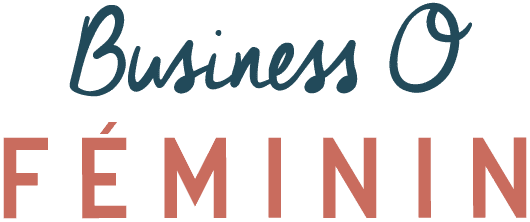Multi-Hyphen Method: Work Less, Create more: How to Make your Side Hustle Work for You. By Emma Gannon, 2019, Hodder Paperbacks.
Part memoir and part guide, this book shows why old habits and beliefs about work need to change in the new flexible world of work: burnout, sexism, lack of passion, remote working. These are all addressed. Emma Gannon is a millennial who quickly discovered after graduating university that the old modes of working which she was taught she needed to prepare for are quickly becoming extinct and instead she has crafted her own method to work which she shares in this book.
Ideal for freelancers, aspiring entrepreneurs and anyone with multiple hats to wear —but really anyone can benefit from this advice. The book doesn’t want to encourage you to create a lengthy to-do list or take on too many projects, instead it wants to show you how you can use technology and the author’s multi-hyphen method to actually work less. It also wants to do away with the stigmas associated with this style of work and explains how by embracing a new world and method of working we can be happier and more successful. It encourages the reader to adopt an entrepreneurial mindset regardless of your job so that you can define success how it best suits you.
For freelancers this is extra important and this book helps to show how flexibility and freedom can be combined with your own personal definition of success while keeping in control of your own career path. It also addresses in detail how technological and societal changes are making our home and work lives increasingly merged, and how to not burn out and manage that balance successfully.
Important: The book is not preaching to you to become a freelancer or an influencer or anything else. In fact it emphasizes that not all projects need to be monetized and sometimes they can exist just for your own personal growth and enjoyment. Even if you aren’t considering freelancing or adding something to your personal brand, the book includes advice on how to self-promote, how to find balance, take necessary breaks, set boundaries and more.
While these lessons and tips are ideal for those who have embraced freelancing or who maybe want to develop a better life balance, they are all especially pertinent to us as women: whether we like it or not, women are accustomed to multi-hyphenate identities. Regardless of our careers, that extra role of being a woman requires balance with whatever else we have going on. Some of us are entrepreneurs or executives, but also mothers. Even those without children by choice or circumstance, we remain aware that we are women and proceed with that in mind. Whether we like it or not, as women we are all already balancing a multi-hyphen method in our daily lives and by embracing that skill we can unlock even more of our potential.
Be sure to also check out the author’s podcast: CTRL, Alt, Delete.
Good Habits, Bad Habits: The Science of Making Positive Changes that Stick by Wendy Wood. 2019, Pan Macmillan.
Wendy Wood is a psychologist and business school professor who observed early in her academic career that the highly demanding, yet wildly unstructured environment of academia presented a challenge to otherwise intelligent, motivated and competent people. She noticed that the will to change was there, but something was preventing it from sticking. From this early observation followed by decades of experience and insights, she wrote the book Good Habits, Bad Habits which summarizes her work and insights following from this early observation.
The premise of her book is that part of why we fail at developing new habits is because we don’t really understand what a habit is and therefore we cannot build good ones. Her research found that most people erroneously believe that habit formation comes from willpower and self-control, but as she demonstrates this just isn’t true. In reality, habits are forming all the time. They are part of how our brain organizes and deals with our lives. They are working outside of our own self-awareness and self-consciousness, so just exerting self-control is not the recipe to success here.
How to define a habit: Habits are behaviors. From brushing your teeth to driving a car. They’re mental shortcuts that allow us to do something we’ve done before without having to exert too much mental energy on it—like we did the first few times doing it. Riding a bike, driving a car, having sex—these are all habits in this sense. The first time(s) was not so easy and maybe even frustrating but now you don’t have to constantly think about every move (except maybe with sex!).
Accordingly, there’s no difference between good habits and bad habits, the underlying learning mechanisms of going to the gym and biting your nails are the same. The difference is how our habitual selves perceive and work towards goals. What we are really after is behavior change.
There are three components of habit formation that she identifies: you do it often, you do it (mostly) the same every time and you get some kind of a reward in the end—even if that reward is just your mouth feeling clean and minty. Building habits doesn’t come magically from willpower, it comes from what you do: if you want to wake up earlier, you need to start doing it. Not willing yourself to do it, but practice doing it over and over again until you don’t even think about it or are aware of it. There are better or worse ways for how to do that and this book shows you exactly how. If you have ever struggled with habits or just want to build new and better ones this book is for you. And this books serves as a useful companion to the Multi-Hyphen Method, because balance and habits go hand-in-hand. However you want to define your success, developing habits to get you there is a good way to start.
The Moment of Lift: How Empowering Women Changes the World. By Melinda Gates, 2019, Flatiron Books. (Available in French Prendre son envol: Les combats de l’une des femmes les plus inspirantes au monde. 2019 Michel Laffont.)
Melinda Gates, co-chair of the world’s largest philanthropic foundation ‘The Bill and Melinda Gates Foundation’ has written an oeuvre that argues “Being a feminist means believing that every woman should be able to use her voice and pursue her potential, and that women and men should all work together to take down the barriers and end the biases that still hold women back.” In other words, to “uplift” women’s lives. She believes this is essential because time and time again it has been shown that when you empower women, the entire community benefits and when entire communities benefit the whole world gets better. It is a positive cycle of snowball effects. She identifies what she believes are key points of uplift—or barriers to break to allow that lift off—to address: menstruation discrimination, contraception, family planning, education et cetera.
The book tells the stories and lessons of people she has met over the years and in doing so gives the women concerned a voice. It tells us stories of discrimination, child marriage, low pay, unpaid work and other instances of women being held back.
Importantly, for Gates, uplifting women is not for women’s sake alone, but for the world. She truly believes that the best way to improve the world is to break the culture of dominance over women, to work towards real equality. « As women gain rights, families flourish, and so do societies,” she writes. “That connection is built on a simple truth: Whenever you include a group that’s been excluded, you benefit everyone. And when you’re working globally to include women and girls, who are half of every population, you’re working to benefit all members of every community. Gender equity lifts everyone.” The stories within the book and her argument are inspiring and remind us to not only be grateful for our position living in a more progressive society than some of the ones pictured in her book but to also continue to fight for women’s rights in our daily lives: for women in France and women abroad to make the world a better place.
This book will inspire you and remind you why women’s rights are human rights: both at home and across the world. It is also the kind of inspiration that when you’re feeling defeated by work, you’ll feel a renewed sense of purpose as a woman bettering the world through accomplishments. Importantly, it is also full of useful insights that you can bring into your professional life including the importance of listening and leadership.
She proves why you cannot just rush in to fix a problem from the outside, using outside knowledge, but you have to listen to local communities and show empathy: you can’t fix problems for people, you have to help them fix the problems themselves. In doing so real change can happen. This mirrors a common problem we see in business, and learning to think like a humanitarian who wants the greatest impact for good is also good business sense. She also tells stories of how women in leadership positions have created shockwaves of positive change, how even good women mentors and leaders have helped her in her journey. This is sure to inspire you to be the best leader you can regardless of your position. This is a book that both will remind you of your own privilege living in Western Europe, whilst also reminding you of how much women need support and rights in the world, but which also provides useful lessons on learning, listening and leadership.
Seeing Around Corners: How to Spot Inflection Points in Business Before They Happen. By Rita McGrath, 2019, Houghton Mifflin Harcourt.
Rita McGrath is a professor at Columbia Business school and a prominent thinker on strategic management, innovation and tech. The author of several influential business books, she also pioneered the idea of “discovery driven planning” which is now seen as an early understanding of what we now call the “lean startup” philosophy.
In this book she explains how change in business happens gradually at first, but then so suddenly that it is too late to react. This moment of sudden change is the inflection point. We perceive these strategic inflection points as rather dramatic ones, but really, they grow slowly. It can take a long time for people to realise that something crucial has happened which will change the assumptions of how we exist in the world. Sometimes we only realise when looking back that an incident was going to set off a chain reaction or trigger an inflection point. We live right now in a time of great disruption, so it can be hard to keep up. This book presents a framework in which to learn to recognize these inflection points and be prepared to react accordingly to have the strategic advantage.
This book is composed of three parts: first, how to see an inflection point coming; secondly, how to react to it; and thirdly, how to bring the organization with you. It is targeted mainly towards executives in organizations but there are insights to be taken from the book even for owners of small businesses or entry level employees.
Inflection points can create new opportunities. but they can also lead to devastating consequences. The big mistake with inflection points that is often made is not seeing them at all. But another issue can be that you do see them but the organisation you’re in may be so encumbered by its own weight and inertia that it cannot react accordingly and thus misses out on reacting to the inflection point. Finally, even if you do see it and you’re not within an inert organisation, you might still just panic and decide to go against it in an unhelpful way.
The key insight is that an inflection point causes the taken for granted assumptions on which your business is based to no longer be true. McGrath argues that the core causes for an inflection point are outside of management’s control, they are environmental. However, what you always control are your reactions and she finds that there are two possible responses: see the inflection point and take the right response; or, miss it and be too late. Rarely, you can cause the inflection point to happen, at which point you put others at a disadvantage and needing to react to you.
Her book covers various companies and how they have successfully and unsuccessfully navigated inflection points. Other things she covers: how policies go wrong, pitfalls and benefits of social media to businesses, tips for galvanizing one’s organisation to react to new developments, and how to learn quickly and pay attention to what customers are saying. Read this if you want to feel prepared when you sense the next big thing is about to happen.
Becoming a Conscious Leader: How to Lead Successfully in a World That Is Waking Up. By Gina Hayden, 2016, Write Factor.
Gina Hayden has over twenty years’ experience in business consulting using her psychology background to develop leadership coaching programs. During this time she has met and worked with leaders across a range of industries and levels. However, it has been the “conscious leaders” that have stood out to her the most and motivated her work. As she paraphrases Buckminster Fuller, “to inspire change we need to create an alternative paradigm that is more appealing than the existing one”. In this vein, she has created an alternative paradigm to leadership and doing business: one that is “conscious”, meaning one which concerns itself with more than mere profits but seeks to also enact positive change. To lay out this paradigm she interviewed over twenty leaders she believes are examples of conscious leadership and weaves their insights into a useful framework and new way of seeing business.
Although the word “conscious” may seem anathema to business, Hayden believes that business actually has the potential to be a significant force for good in the world. As she puts it: « Conscious leaders bring their values to what they do. They fulfil their individual purpose through their work”. Conscious leadership is based on the assumption that conscious capitalism can and should exist. However, this framework includes radical ways of thinking about traditional business logic: including rethinking competition not as a zero-sum death match but instead as an “opportunity to create radical and fresh partnerships across previously perceived boundaries so that innovations can occur”. By offering the radical approach outlined, this book offers a strategic advantage that encourages readers to set themselves, their business, and their careers apart by following a conscious way.
She constructs her thesis through anecdotes and insights brought by numerous interviews with leaders who she finds are already or are on their way to becoming conscious leaders. Their stories, insights, and lessons are useful for self-reflection, learning and motivation. They also serve as case studies on how to balance the demands of corporations, start-ups, and personal life with a more conscious approach. She takes the reader through what seems to be banal observations like ‘knowing is the enemy of learning’ but breaks them down, explains why and how they are important or damaging and gives concrete examples of leaders who have assumed this advice and shown positive results for it. « Conscious leaders have therefore undertaken an outer journey and an inner journey, the outer journey being the training camp in how to run a business successfully and the inner journey being their internal transformation ».
The book is composed of 4 « Zones »: 1) Self-mastery (Waking up, i.e. becoming more conscious); 2) Conscious relating (Relationships and Connection); 3) Systems Insight (Thinking in Whole systems) and 4) Collective Responsibility. In these four zones Hayden identifies modes of thought and ways of being that you need to either overcome or embrace. For instance, she identifies that our own ego is often one of the biggest barriers to conscious leadership and will sabotage even the best efforts at creating change in an organisation. The path she takes the reader on starts from the small with a focus on the individual and arrives at the big with world and historical themes. It all starts with the individual who has the courage to take the first steps, and the humility to do so while remaining aware, open, and learning. These are the individuals that can create significant change in the world.
Although this may sound like more of a spiritual or psychological guide, it has real business implications which Hayden does not let us forget. There is frequent use of insights from business leaders and constant relating of the lessons to real-world strategic problems. Even if becoming a truly conscious leader in business does not interest you, the book provides useful techniques and perspectives on how to think about power, systems, growth, interconnectedness, the self and the other, and so on. As the only book not published last year, I included it anyway because it is timely and appropriate now for 2020 and provides a roadmap for how to think about the individual’s place in the world and how to rise above received wisdom and create success in your own definition as we enter this new decade.
Chelsea Winter Nolen
















